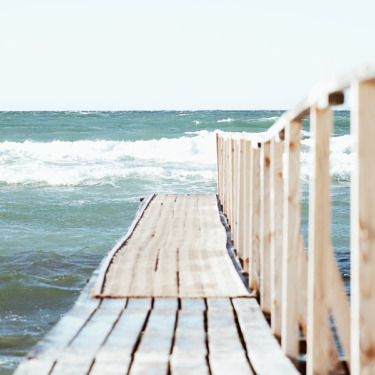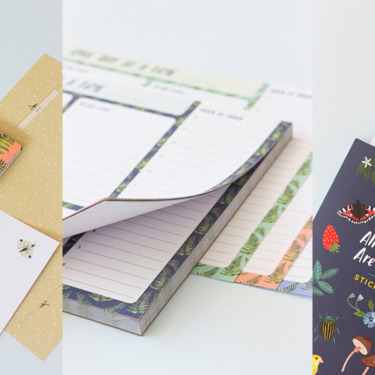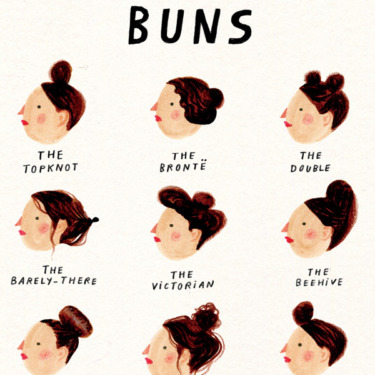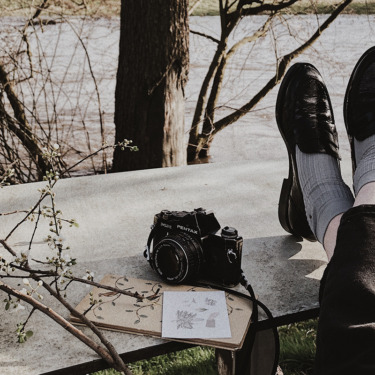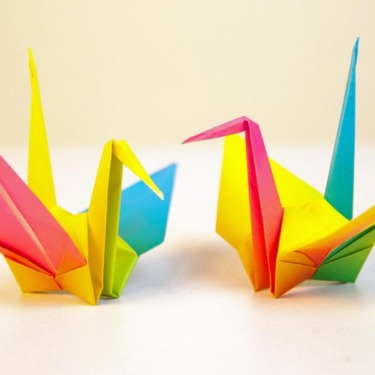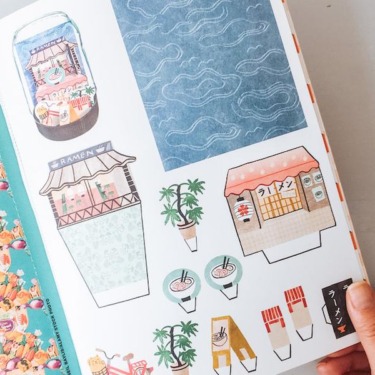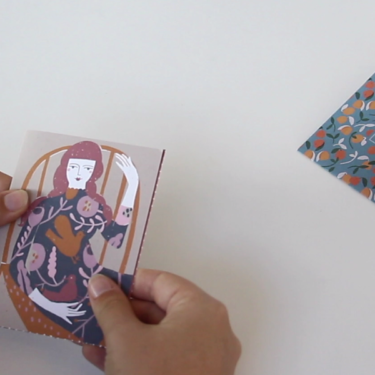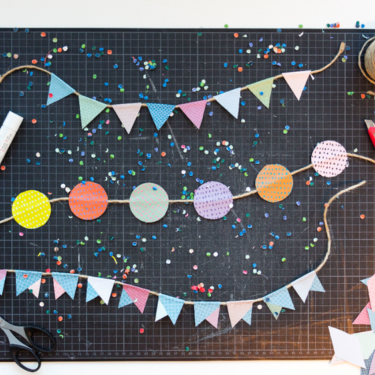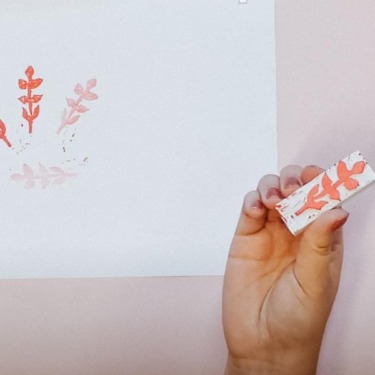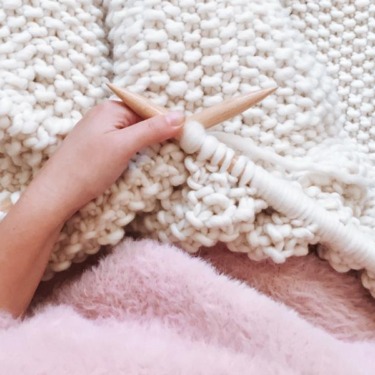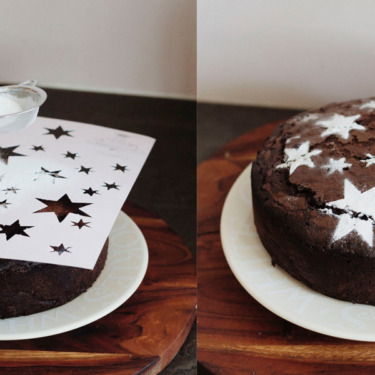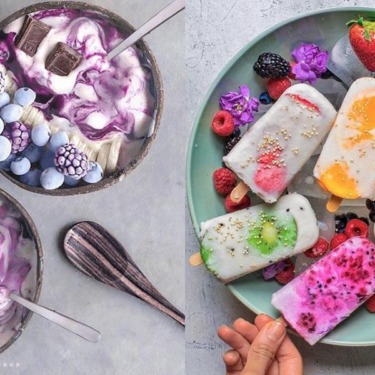Edible Flowers and Meringues
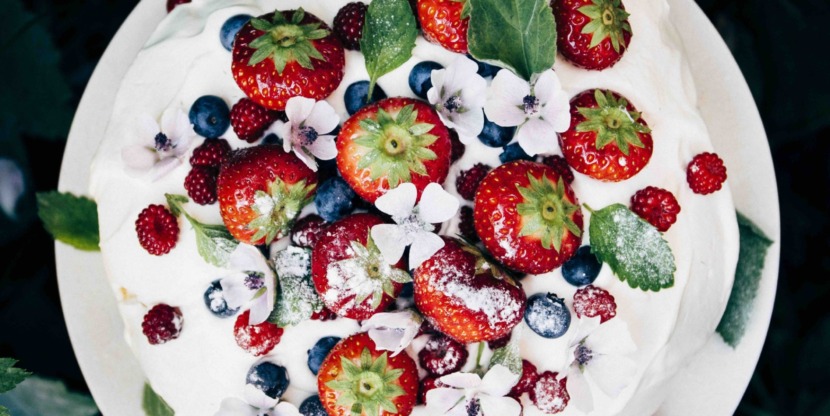
Marleen van Es blogs about the produce she harvests from her garden and all the new dishes she is always creating. She’s also even written two books about it, the latest of which is Oogst (which is Dutch for ‘Harvest’). The book is currently only available in Dutch, but luckily, she’s written this blog in which she shares one of the recipes—Meringue cake with fruit—as well as giving us some handy tips about edible flowers.
Recipe: Meringue cake with fruit (for 6 people)
* 6 large eggs * 350 g fine granulated sugar * 250 ml cream * fruit, such as blue and red berries, strawberries, Japanese Wineberries
Preheat the oven to 130°C (265°F). Separate the eggs and only use the egg whites. (Keep the egg yolks to make, for example, mayonnaise or ice cream.)
Place the egg whites in a clean bowl and whisk them together until they form stiff peaks. The whites should be all cloudy and foamy. Next, gradually whisk the sugar in bit by bit.
Using a spatula, divide the egg-white mixture into two circles onto a baking sheet lined with parchment paper. Bake in the oven for one hour. Next, turn the oven off and leave the meringues in the closed oven for another hour.
Beat the cream until it is light and fluffy. Remove the meringues from the oven. Spatula half of the whipped cream onto one of the meringues, place the second meringue on top, with the flat side facing up, and spatula the rest of the cream onto the cake. Spread the fruit over the cake and—if you can/want—decorate it with (edible) flowers from the garden.
Marleen’s Tips on Edible Flowers
“Obviously, you can buy edible flowers at specialty stores or pick them in the wild (as long as you know what to look for). But cultivating them yourself is by far the easiest way to brighten up your plate or cake. Garden nasturtium is my favorite edible flower. The leaves and flowers give a nice kick to any salad, and the brightly colored flowers are also lovely in a vase on the table.”
Sowing: “The flowers of borage, zucchini, anise hyssop, peas (except for sweet pea), marigold, garden nasturtium, pumpkin, common hollyhock and viola tricolor are edible.”
Plants: “The flowers of shrubs like hibiscus, jasmine, rose and lilac can be used for syrups and garnishes. Dahlia petals can be processed in jams and jellies. You can also make sugared rose petals. And of course, the flowers of herbs—think: chives, dill, lavender, marjoram, oregano, rosemary and sage—are always good to eat.”
Good to know: “Not all edible flowers taste good. Sometimes only the petals can be used. And some flowers are, in fact, tasteless. In these cases, I only use them for show.”
Fun fact: “The blossom from trees like acacia, lime and hawthorn can also be used for syrups or champagne.”
NOTE: Be sure to check all the wildflowers you pick very closely against a good wildflower book to ensure they are edible before ingesting.


